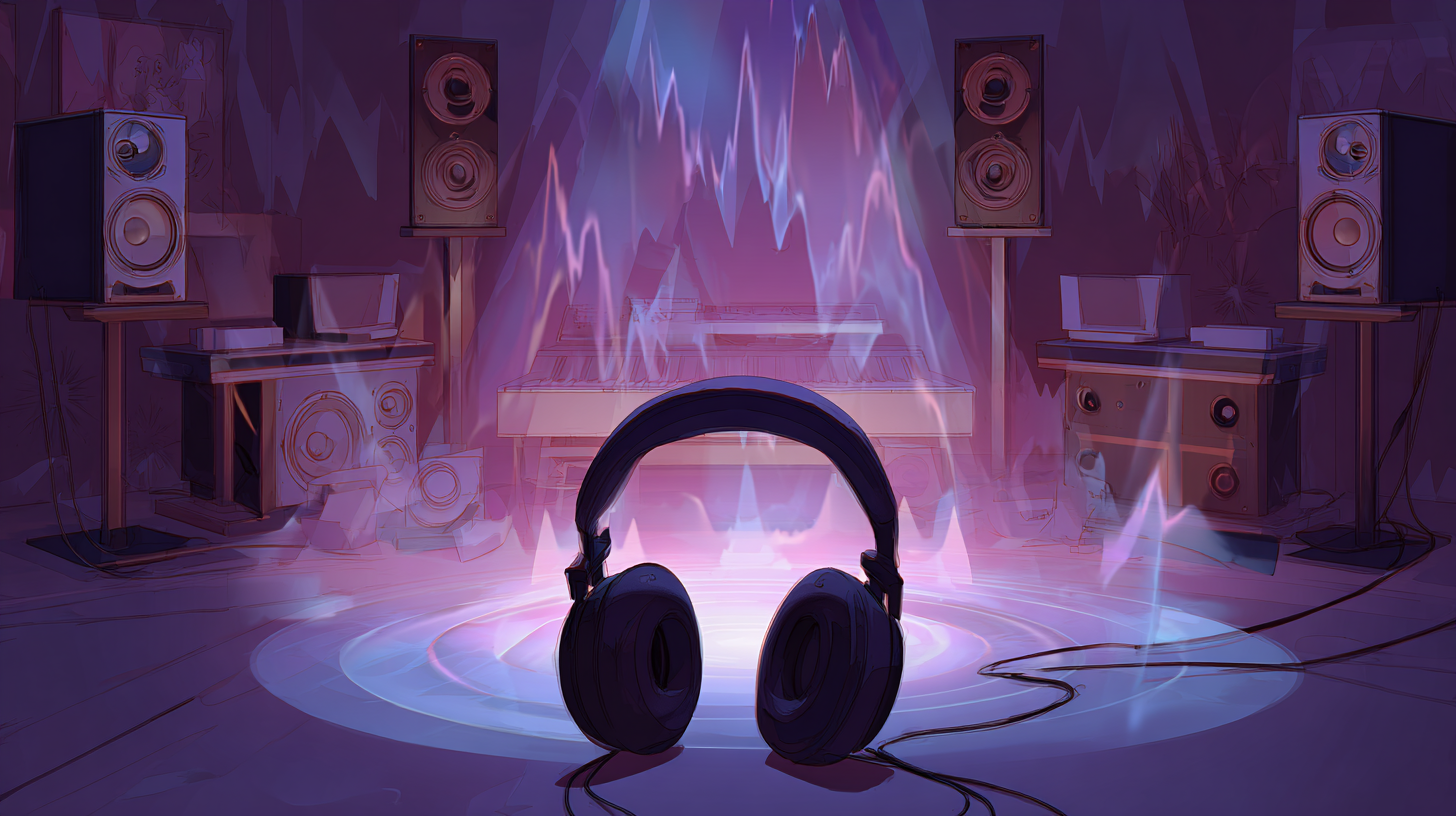
Everyone has experienced sound that feels more like a vibration than a noise. That deep thump of a subwoofer, the rumble of heavy traffic, or the hum of machinery carries a weight that regular walls struggle to stop. This is what we call low-frequency noise.
Unlike high-pitched sounds that bounce off surfaces and can be absorbed with soft materials, low frequencies travel in long waves. They push through walls, floors, and ceilings. They even make the building itself vibrate. That is why figuring out how to block out low-frequency noise is so tricky. It requires different thinking than dealing with voices or TV sounds.
When low frequency builds up, it is not only irritating. It can affect sleep, mood, and focus. Prolonged exposure may even cause headaches and stress. That makes it more than just a nuisance. It becomes an important health and comfort issue that deserves real solutions.
Why Low-Frequency Noise is Difficult to Control
The main challenge lies in physics. Long sound waves carry more energy. They travel further and interact with structures differently. Ordinary walls and insulation that work for regular sounds often fail against deep bass.
The science behind low-frequency sound
Sound travels as vibrations through air and building materials. With low-frequency noise, the wavelength can be several feet long. That means it can bend around barriers or make entire surfaces vibrate like a drum. Standard drywall or light insulation barely slows it down.
This explains why people often say, “I can’t hear my neighbor’s music clearly, but I feel the bass.” Those low waves don’t fade out quickly. They spread and linger, creating an ongoing sense of disturbance.
Common sources of bass noise
Most complaints about low-frequency noise come from two main sources: neighbors and the outside environment. In apartments, bass from music systems, subwoofers, or even home theaters often causes disputes. The question of how to block bass noise from a neighbor is one of the most common problems in soundproofing.
Outside, vehicles and trains contribute to rumbling vibrations. Industrial equipment or HVAC systems can also create a steady background hum. In every case, the issue is the same: standard walls and windows don’t block these deep sounds effectively.
How to Block Bass Noise from Neighbor

Few situations are as frustrating as living next to a neighbor who loves loud bass. High-pitched parts of the music might be muffled, but those deep thuds cut through everything. To truly block low-frequency noise, you need a layered approach that targets walls, ceilings, floors, and small gaps.
Treating shared walls and ceilings
The walls and ceilings you share with a neighbor are the main pathways for bass transfer. Adding more mass is the first line of defense. Extra layers of dense drywall or mass-loaded vinyl can significantly reduce vibrations. Acoustic panels can also help absorb some of the energy, although panels alone won’t be enough for deep bass.
For ceilings, suspended systems combined with sound isolation clips create a gap that decouples structures. This interrupts the path of vibration and prevents noise from moving directly into your space.
Reinforcing floors and subfloors
Floors are often overlooked, yet they can carry a surprising amount of bass energy. Adding thick rugs or carpets helps, but for stronger results, acoustic underlayments are key. Rubber mats or specialized materials like cork reduce vibrations that travel through the floor system.
When upgrades are possible, installing a floating floor system delivers even better results. This method separates the floor surface from the structure beneath it, breaking the vibration path. It’s an investment, but one that pays off in comfort.
Sealing gaps and flanking paths
Noise doesn’t only travel through big surfaces. It sneaks through cracks, outlets, vents, and door gaps. These weak points act like shortcuts for sound. Using proper door seals, acoustic caulks, and outlet gaskets helps close those flanking paths.
This step alone won’t solve everything, but it supports the bigger measures. Think of it as tightening the edges of a system. Without sealing, even the best wall construction can leak bass noise.
Using bass traps and targeted solutions
For people dealing with home studios or powerful subwoofers, bass traps provide extra control. These products are designed specifically to absorb low-frequency waves. Placing them in corners, where bass tends to build up, helps reduce the boom effect that spreads into other rooms.
While traps are often used in music spaces, they can also bring relief in residential settings. Combined with other treatments, they make a noticeable difference.
Combining everyday fixes with professional products
Not every solution has to be technical. Heavy curtains, upholstered furniture, and bookshelves filled with items all add weight and absorb sound. Even moving a wardrobe against a shared wall can improve the situation.
For lasting results, though, professional products are the most reliable. Options from Sound Pro Solutions, such as isolation clips, acoustic panels, and Green Glue, work together to strengthen walls and ceilings. This mix of simple everyday changes and engineered soundproofing is the best way to answer the question of how to block bass noise effectively.
Low Frequency Noise Cancellation Technologies

Modern life has inspired not only new problems but also new technologies to fight them. While construction-based methods remain the gold standard, electronic tools can help in some cases. Let’s look at what works and where limits appear.
Active noise-cancelling systems
Most people know active noise cancellation (ANC) from headphones. These devices pick up incoming noise with microphones and generate opposite sound waves that cancel it out. This technology works surprisingly well for steady, low hums such as engines or air conditioners.
Some companies now experiment with ANC in rooms. Special speakers emit opposite waves to neutralize the bass. While exciting, this approach is not widely available yet. It also works best with consistent noises, not irregular thuds like footsteps or bass beats.
Limitations of electronic cancellation
Active systems sound impressive, but they can’t replace physical barriers. Irregular and powerful bass sounds overwhelm ANC. In addition, whole-room setups are expensive and complicated to install. That is why low-frequency noise cancellation is still mostly about construction and materials, not gadgets.
For now, ANC headphones remain the most practical option for individuals. They offer personal relief in noisy environments, even if they don’t solve the root cause.
Soundproofing Products that Help Block Low-Frequency Noise
Real, long-term solutions depend on proper building materials. Companies like Sound Pro Solutions specialize in products that address the unique challenges of deep sound waves.
Acoustic panels and insulation
Acoustic panels on walls and ceilings absorb sound and prevent reflections. For low frequencies, denser materials perform best. Mineral wool, fiberglass, and foam products help reduce overall energy in a room. When paired with heavier barriers, panels add another layer of control.
Door seals and gap treatments
Deep bass loves to sneak through gaps. A sturdy door can still leak sound if it doesn’t seal properly. Door gaskets and perimeter door seals close those weak points. Acoustic caulk fills cracks that otherwise become sound tunnels. Addressing these small details supports the larger fight to block low-frequency noise.
Isolation clips and resilient channels
One of the strongest defenses against vibration is structural decoupling. Isolation clips and resilient channels separate drywall or ceiling layers from the framing. This gap interrupts vibrations so they don’t travel directly through. When combined with multiple drywall layers, the improvement is dramatic.
Vibration-damping materials
Green Glue is a standout here. It works by converting vibration into small amounts of heat energy. Applied between drywall layers, it breaks up the force of low-frequency waves. This kind of damping solution helps reduce both bass from neighbors and outside rumble.
With these tools, the path to quieter living becomes clear. Sound Pro Solutions provides complete systems rather than single fixes, making it easier for homeowners and professionals to design strong defenses against bass noise.
Tips for Quieter Living
Not every solution requires construction. Small, thoughtful changes can add comfort while you work toward bigger improvements. Here are some ideas anyone can try.
Rearranging furniture for better insulation
Large, heavy furniture placed against a shared wall creates an extra buffer. Bookshelves filled with items or wardrobes lined with clothes both add density. This may not fully answer how to block bass noise from a neighbor, but it can make evenings more bearable.
Using rugs, carpets, and curtains
Soft surfaces absorb sound energy. Thick rugs and carpet pads reduce vibrations coming up through floors. Heavy curtains block some of the rumble coming through the windows. The results are modest, yet noticeable.
Combining DIY fixes with professional upgrades
Everyday changes set the stage, but professional soundproofing delivers real transformation. Adding underlayments, sealing gaps, and using Green Glue between drywall layers bring measurable results. For those serious about solving the problem, a combined approach is best.
Knowing when to call an expert
Sometimes, no amount of DIY work solves the issue. If bass still dominates your home, professional help is worth it. Specialists can measure the noise, identify weak spots, and recommend targeted fixes. Companies like Sound Pro Solutions offer products and guidance for these projects, ensuring you invest in solutions that actually work.
Blocking out low-frequency noise takes patience and the right strategy, but it is absolutely achievable. By combining simple lifestyle adjustments with professional-grade solutions, you can reclaim peace in your home or office. The key is understanding that bass and vibrations need more than lightweight fixes — they require mass, decoupling, and smart design. With the right approach, silence stops being a luxury and becomes part of your everyday life.
Recent posts




